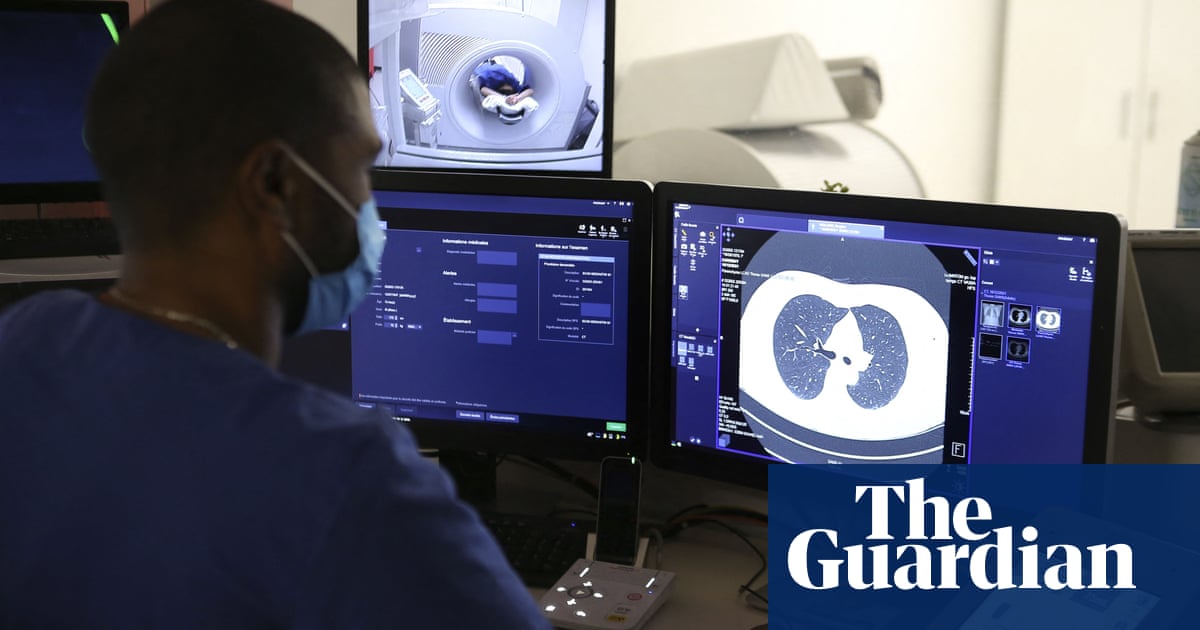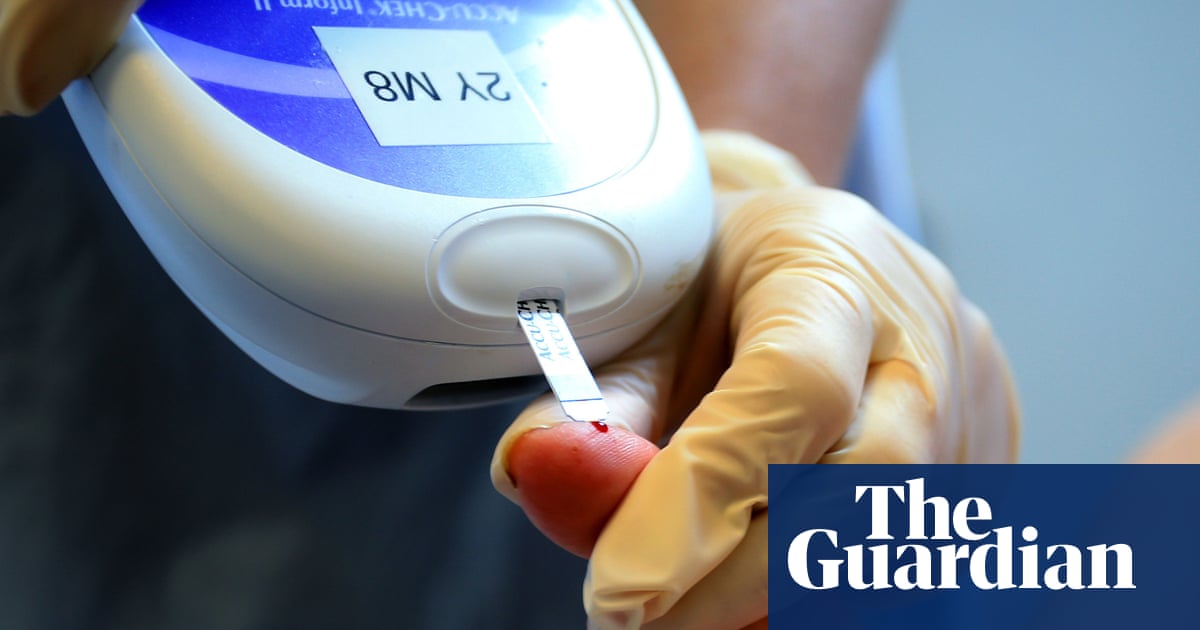
Global cancer cases are predicted to rise by more than 75% by 2050, according to the World Health Organization.
Latest figures from the WHO’s cancer arm, the International Agency for Research on Cancer, makes plain the growing burden of cancer, rising from 14.1 million new cases and 8.2 million deaths worldwide in 2012 to 20 million new cases and 9.7 million deaths a decade later. The IARC predicts there will be more than 35 million new cancer cases by 2050, an increase of 77% from 2022 levels, and that deaths will have nearly doubled since 2012 to more than 18 million.
The IARC said tobacco use, alcohol consumption and obesity were key factors behind the increasing incidence of cancer, as well as population ageing and growth.
It predicts that the highest-income countries will record an additional 4.8 million new cases in 2050, but lower-income countries will experience the biggest proportional increases in cases. Cancer mortality in the latter countries is projected to almost double.
“The impact of this increase will not be felt evenly across countries,” said Dr Freddie Bray, the head of the IARC’s cancer surveillance branch. “Those who have the fewest resources to manage their cancer burdens will bear the brunt of the global cancer burden.”
IARC’s global cancer observatory, which covers 185 countries and 36 types of cancer, shows that 10 types of cancer accounted for about two-thirds of new cases and deaths globally in 2022.
Lung cancer is the most commonly diagnosed cancer worldwide, accounting for 12.4% of new cases and 18.7% of deaths. Female breast cancer is the second most common form, but while it accounts for 11.6% of cases, it causes fewer than 7% of deaths. Other major causes of death include bowel liver and stomach cancer.
Inequalities are particularly pointed in breast cancer. Women in lower-income countries are 50% less likely to be diagnosed than women in higher-income countries, putting them at a “much higher risk of dying of the disease due to late diagnosis and inadequate access to quality treatment”, said Dr Isabelle Soerjomataram, the deputy head of the IARC’s cancer surveillance branch.
One in 12 women in higher-income countries are diagnosed with breast cancer in their lifetime and one in 71 will die of it, the figures show. In poorer countries, only one in 27 women are diagnosed in their lifetime, but one in 48 will die of the disease.
Despite being entirely preventable, cervical cancer is the eighth most common cancer globally and the ninth biggest cause of cancer death, accounting for 661,044 new cases and 348,186 deaths. It is the most common cancer in women in 25 countries, many of which are in sub-Saharan Africa.
Responding to the figures, Dr Cary Adams, the head of the Union for International Cancer Control, said: “Despite the progress that has been made in the early detection of cancers and the treatment and care of cancer patients, significant disparities in cancer treatment outcomes exist not only between high and low-income regions of the world, but also within countries.
“Where someone lives should not determine whether they live. Tools exist to enable governments to prioritise cancer care, and to ensure that everyone has access to affordable, quality services. This is not just a resource issue but a matter of political will.”
Dr Panagiota Mitrou, the director of research, policy and innovation at World Cancer Research Fund, said: “Such startling figures ring global alarm bells on the huge inequalities in cancer incidence and mortality that exist across, and within, different countries.
“Now is the time to take this global crisis seriously if we are to turn the tide.”
Prof Solange Peters, the president of the International Cancer Foundation, said she deplored the widening gap in cancer care. “It is alarming that a mere 5% of global cancer spending reaches countries with 80% of the cancer burden,” she said.
“The development of more and more exciting cancer treatments reaches [fewer and fewer] people worldwide. While patients in high-income countries can live and be cured of cancer, those in underprivileged settings die painfully from the same disease.
“We must address this social tragedy and economic burden, preventing millions of cancer deaths through strategic investments. It’s time to bridge the gap and save lives globally.”
Dr Jean-Yves Blay, the director of public policy at the European Society for Medical Oncology, said in anticipation of the “tsunami” of new cancer cases, there needed to be “swift and decisive” action to reduce pollution, exposure to asbestos and other carcinogens, mitigate behaviours that increase cancer risks and tackle obstacles and hesitancy to vaccination against preventable cancers.












